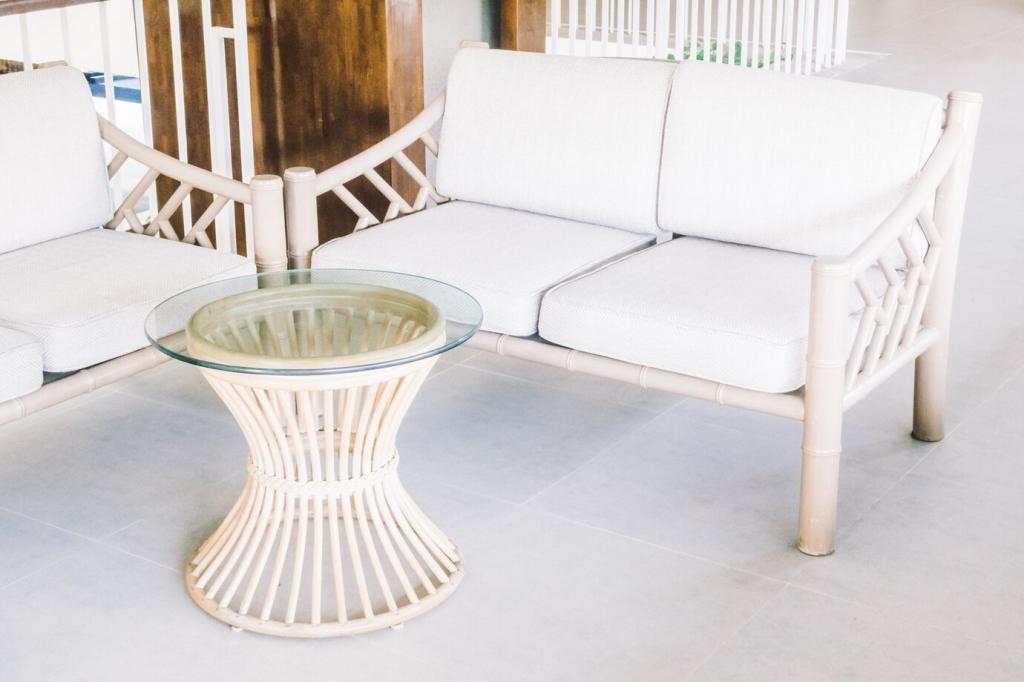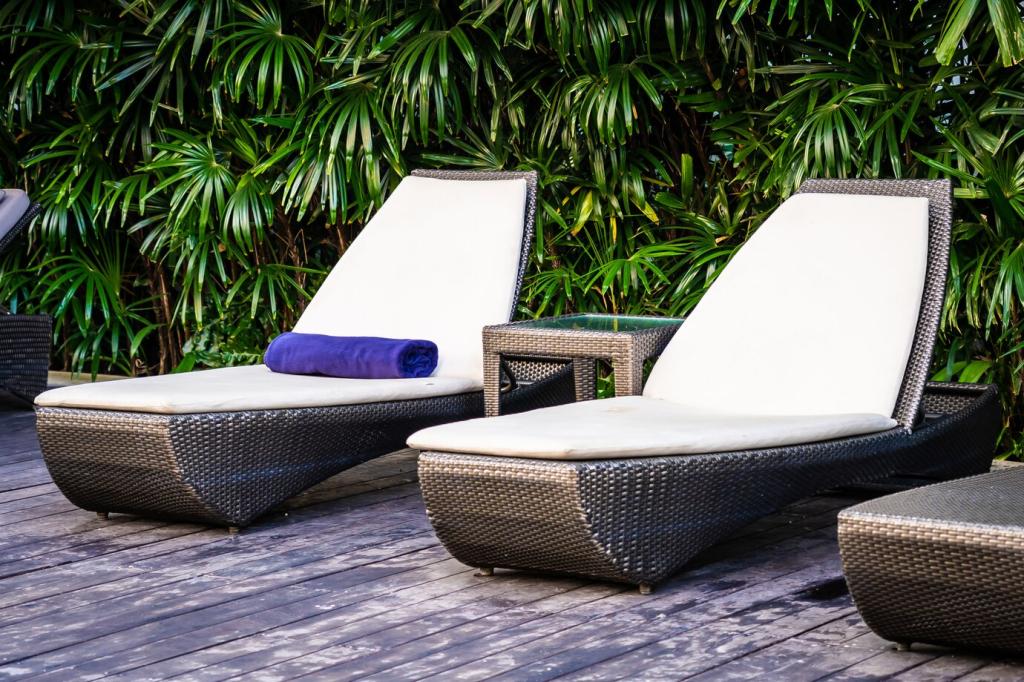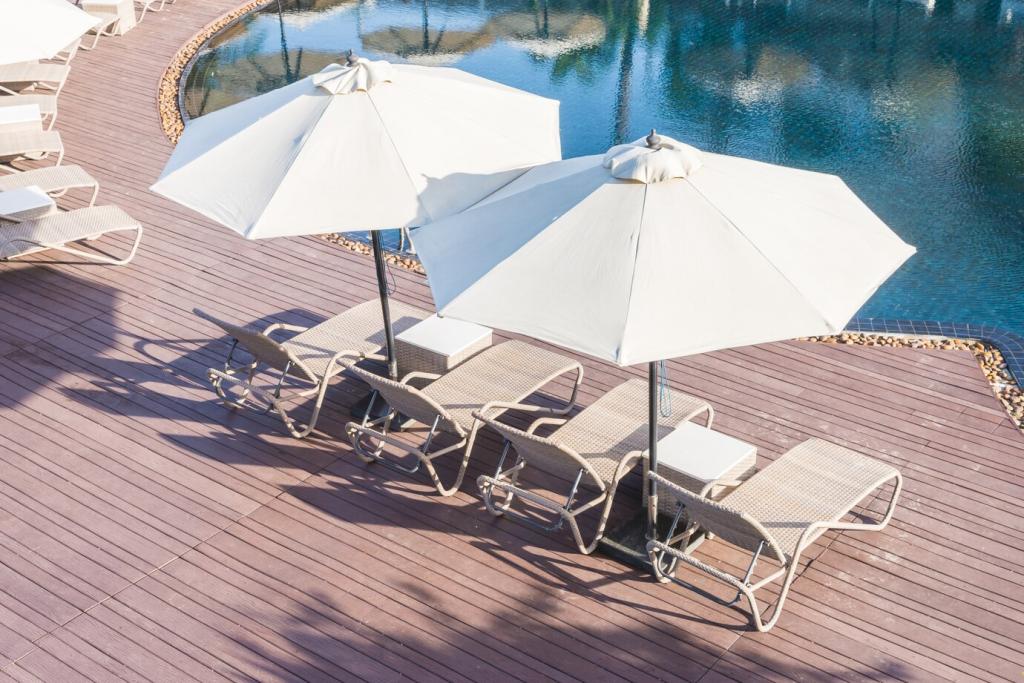Map Your Winter Storage Game Plan
List each item, note its material, and record any existing damage before winter storage begins. Teak, aluminum, resin wicker, and steel behave differently in cold, damp months. A quick photo inventory and notes ensure you prep correctly and replace worn parts early.
Map Your Winter Storage Game Plan
Measure furniture dimensions and your storage area, including doorways, stairwells, and ceiling height. Sketch simple zones for bulky tables, cushions, and umbrellas. This prevents frustrating surprises, like a table that won’t pivot through the garage door when temperatures finally plunge.




